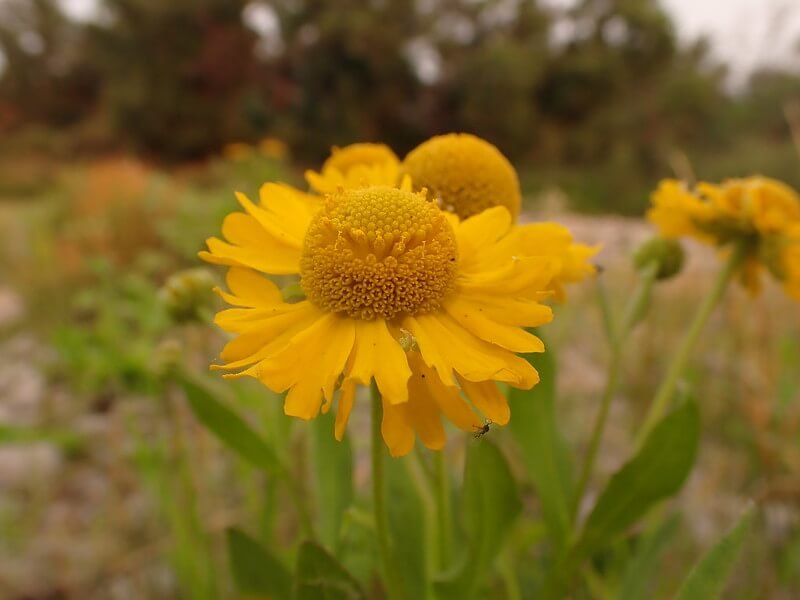Life Cycle: Perennial
Sun Exposure: Full, Partial sun
Soil Moisture: Wet, Medium-wet, Medium
Height: 2 feet
Plant Spacing: 1-2 feet
Bloom Time: July-August
Bloom Color: Yellow
Advantages: Pollinator Favorite, Great Landscaping Plant
Host Plant: Gorgone Checkerspot and 4 other species of butterflies and moths use this as a caterpillar host plant in our area (nwf.org)
Specialist Bee: Macropis nuda, M. ciliata, M. patellata, M. steironematis
Beneficial for Endangered or Threatened Species: Gorgone checkerspot (Chlosyne gorgone) (mnfi.anr.msu.edu)
Complementary Plants: Cardinal Flower, Blue Lobelia, Indian Hemp, Sneezeweed
Resources: Johnson, Lorraine, and Sheila Colla. A Northern Gardener’s Guide to Native Plants and Pollinators: Creating Habitat in the Northeast, Great Lakes, and Upper Midwest. Island Press, 2023






